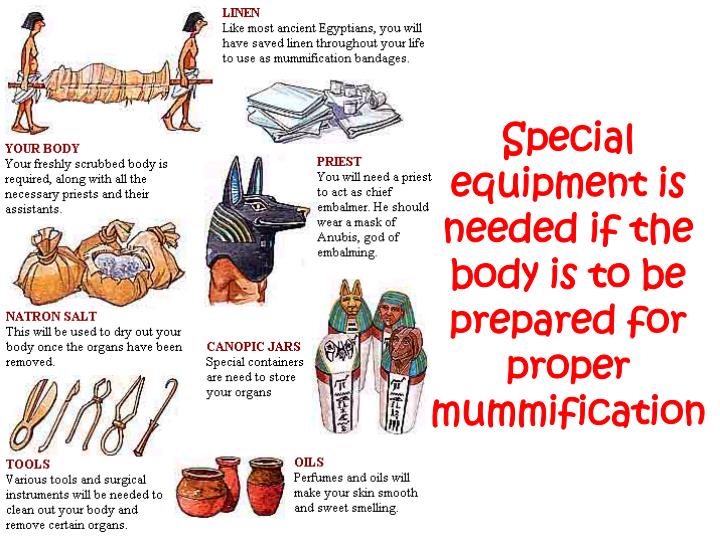

These studies vary in their points of interest, their approach and their methodology in most cases they try to model the postmortem alterations within a specific burial environment. Most experimental studies concern pig cadavers (Weitzel, 2005 Wilson et al., 2007 Jaggers and Rogers, 2009 Janaway et al., 2009 Rogers et al., 2011). Many forensic reports exist on postmortem changes. Thus, conducting experiments to postmortem alterations of human bodies is of great importance. temperature, humidity, pH) and the diagenetic changes are crucial issues with which researchers have to confront consistently. The determination of the time and cause of death, the interment duration, the burial microenvironment (e.g. Understanding postmortem alterations of human bodies is of utmost importance in forensic medicine, physical anthropology, bioarchaeology, and many associated disciplines. The samples show better preservation compared with ancient Egyptian sections and other mummified tissues from historic or forensic context. In the muscular sample certain degree of structural disintegration can be seen, particularly affecting the epimysium whilst in the skin samples the epidermis, especially the stratum corneum, is mostly affected. The histological analysis revealed very good preservation of the skin and the muscle tissues. This is also evident in the absence of bacteria or fungi through the microbiological analysis. The steady removal of water from the tissues through the natron has prevented the putrefaction.

The humidity, the external temperature, and the pH were proven with Pearson correlation and principal component analysis as important factors for the mummification process. The mummification in natron was completed successfully after 208 days. The mummification by dry heat was stopped after 7 days due to unexpected lack of mummification progress. Temperature, humidity, pH, and weight of the LL were systematically measured. At specific time intervals a macroscopic and radiological examination of the LL was performed and skin and muscle samples were taken for histological and biomolecular analysis. Two human lower limbs (LL) from a female donor were (1) “naturally” mummified by dry heat and (2) artificially in natron. The goal of this study is to apply evidence-based diagnostic criteria and state-of-the art methodology in order to improve knowledge on soft tissues preservation and postmortem alterations. Many studies have been concerned with the ancient Egyptian mummification method nevertheless, little effort has been made to explore it experimentally.


 0 kommentar(er)
0 kommentar(er)
